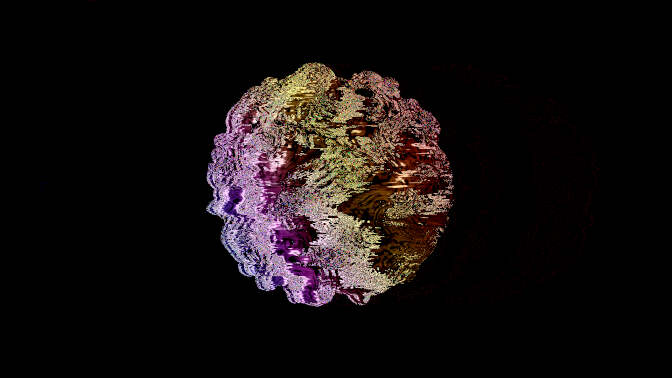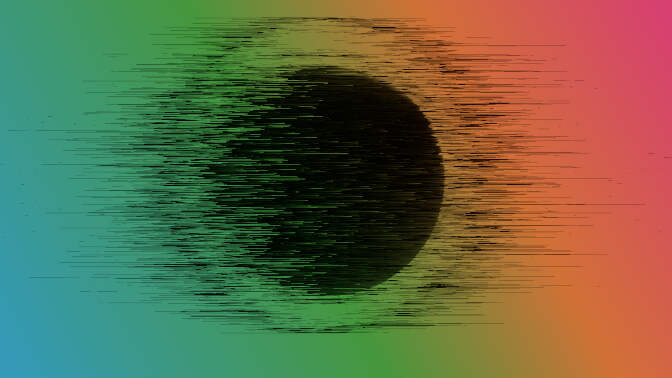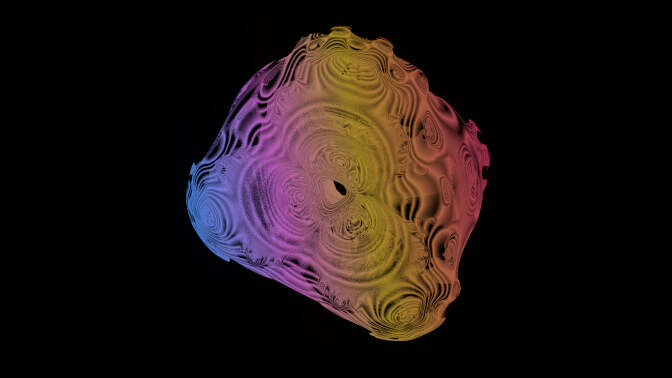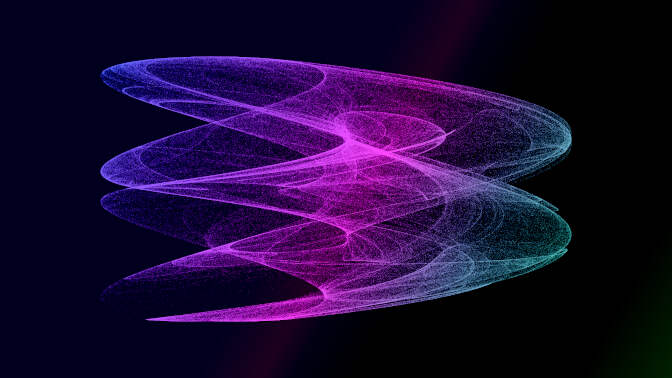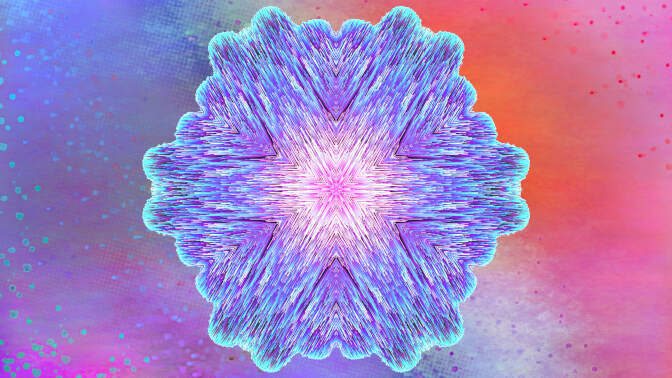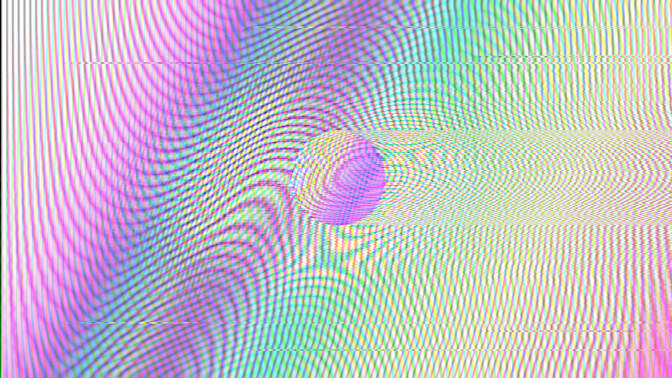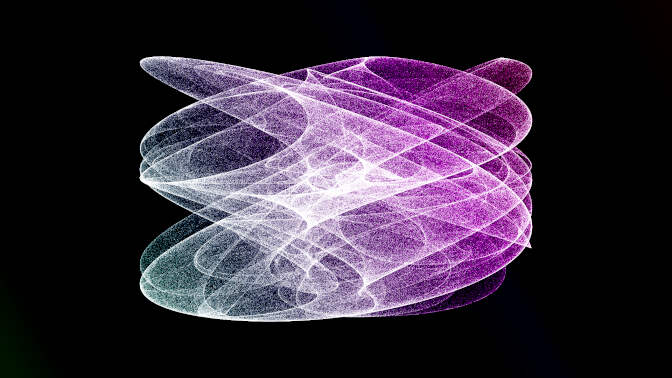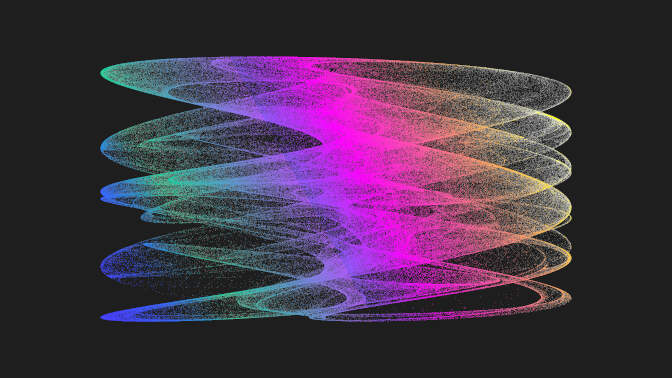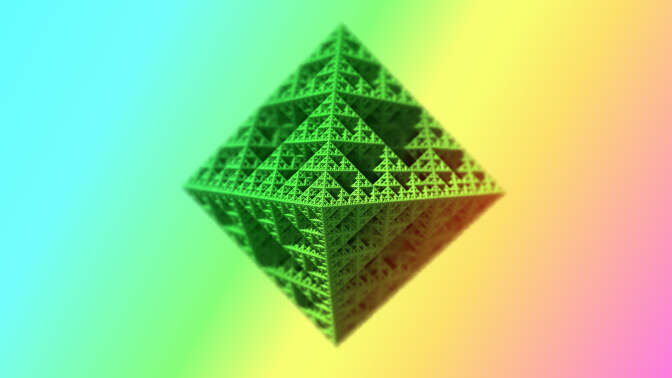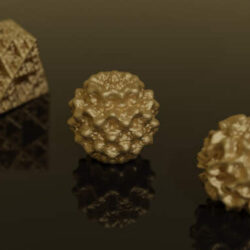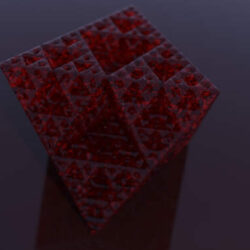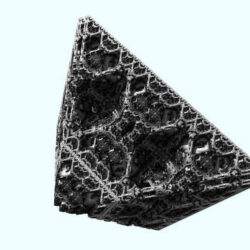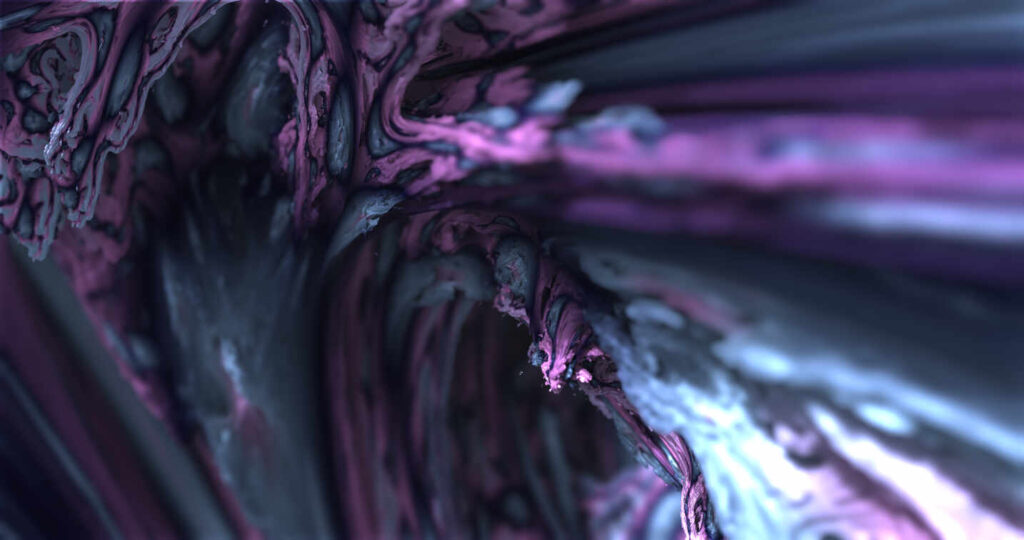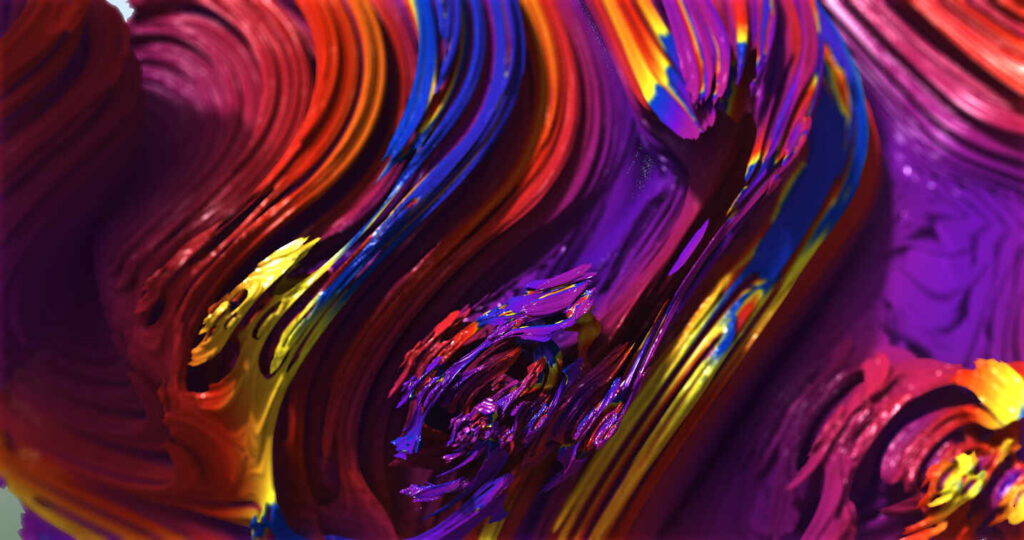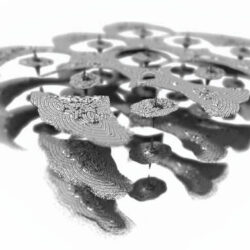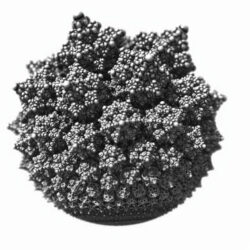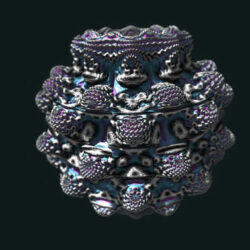A Graphic Mashup
I’ve been very busy designing. I’ve been revisiting techniques I’ve talked about before for example, kaleidoscopic images, glitch art, 3D computer graphics, and fractals. As well as synthesizing these techniques to create new concepts. I’ve been exploring a new fascination with color gradients, as well as revisiting some old projects like my planet render. This post contains a collection of recent highlights, an aesthetic menagerie. Please enjoy this graphic medley.
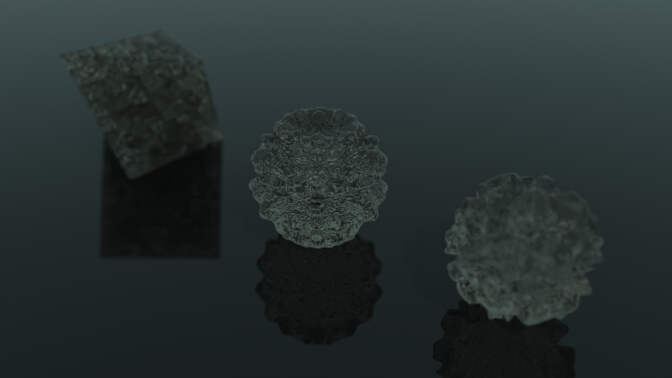
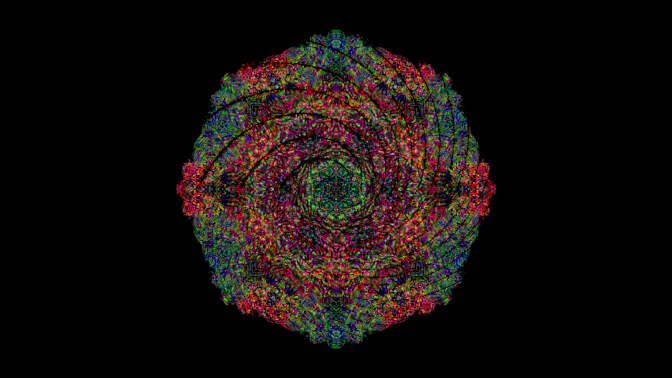
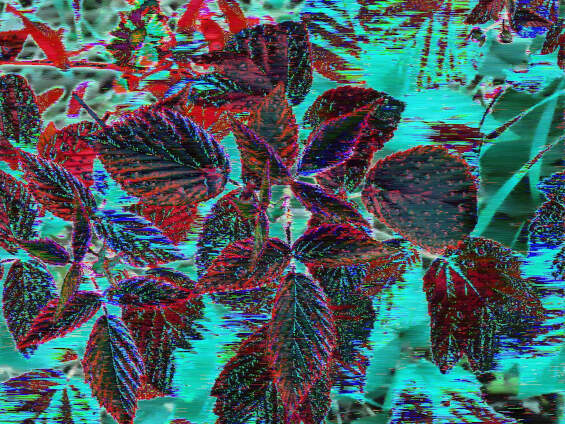
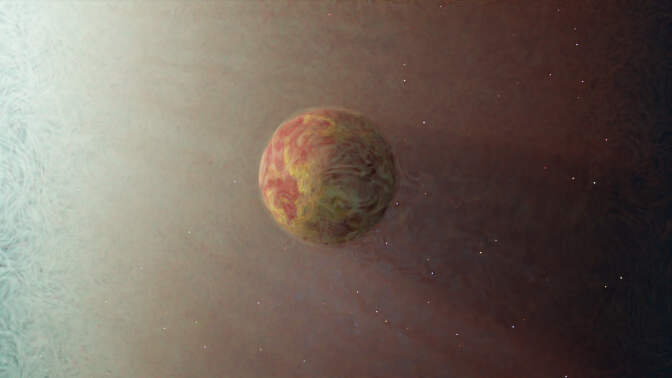
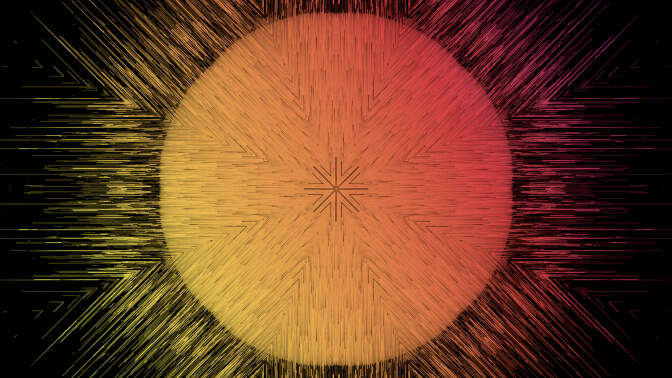
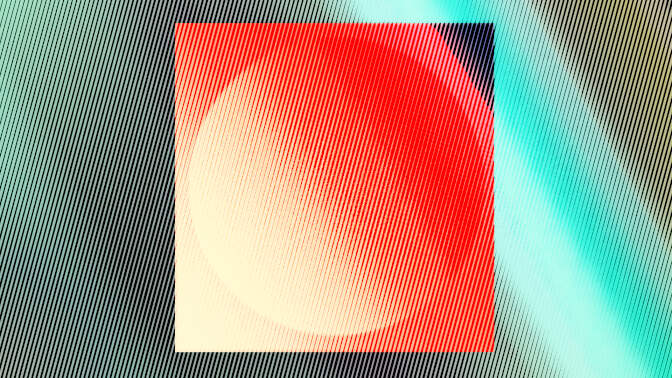
Mandelbulbs
To begin, I’ve been exploring 3D fractals in mandelbulber. I often find myself not realizing the power of a tool until I give it a third or fourth try. Mandelbulber is definitely one of those tools. Every time I come back to it I seem to learn something new, or come up with a new way to use it. This time I created a monochrome material for 3D fractals that give them a sort of technical drawing or microscopy feeling. I also learned how to export the mesh of a fractal from mandelbulber and import it in blender. Using blender to work with 3d fractals opens up many new possibilities for fractal scenes.
Glitch
Additionally, I’ve been doing more glitch art, and creative coding in processing, and p5.js. Mostly I’ve been using the mandelbulb renders I’ve made as fodder for manipulation. Combining pixel sorting with mandelbulbs can generate some interesting results. These hyper faceted geometric objects take on new 2D identities. When smeared across the digital canvas they turn into cascades of streaking pixels, shadows of their former selves.
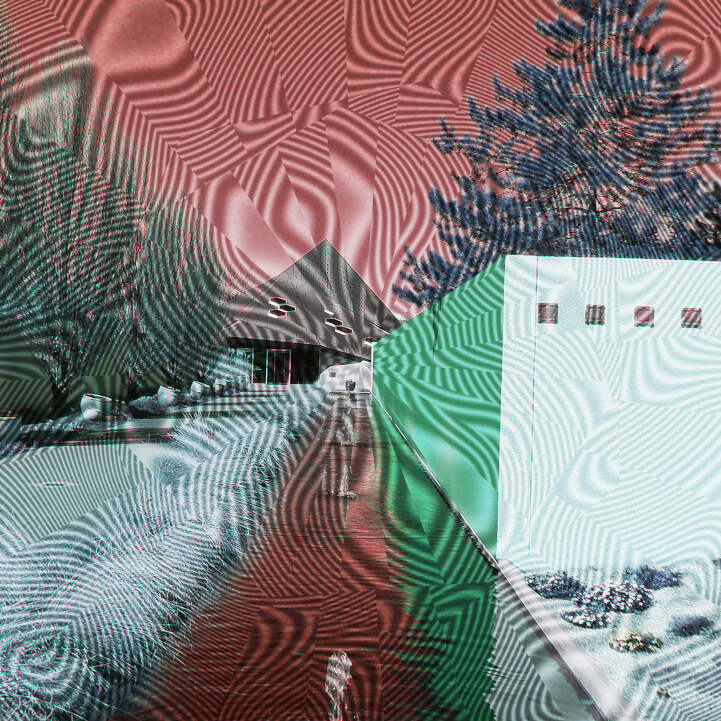
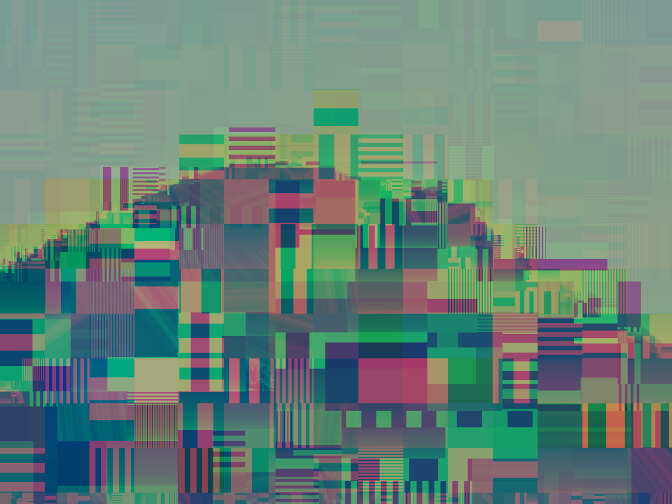
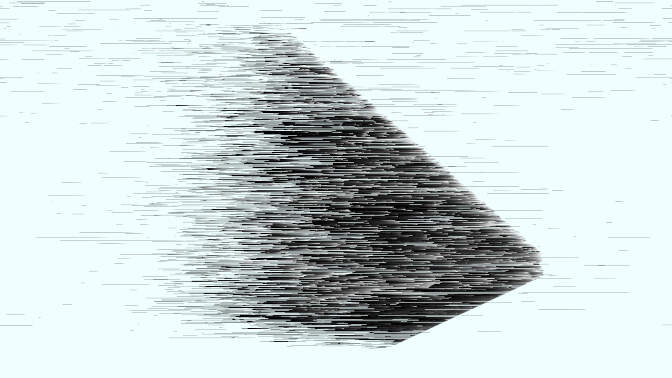
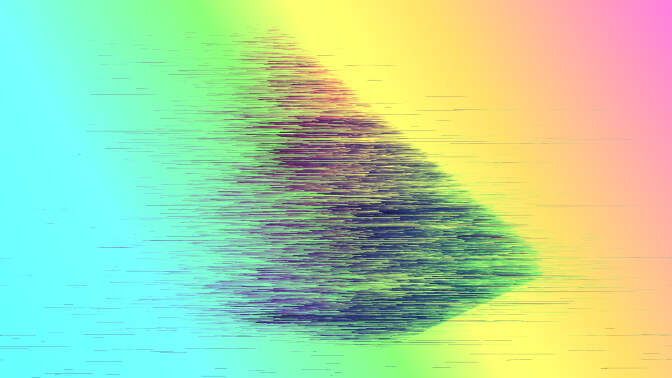
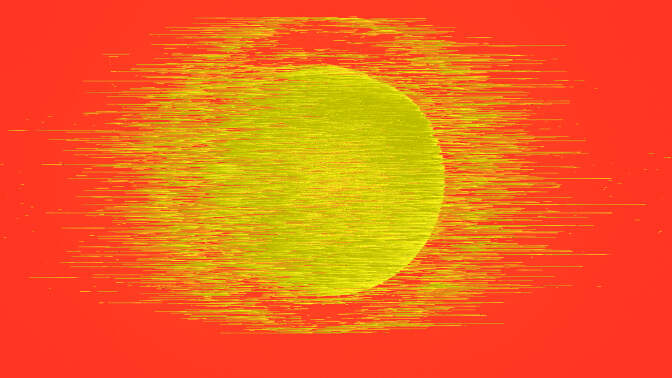
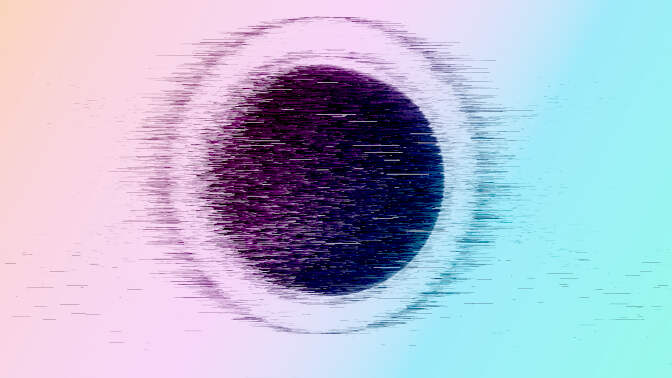
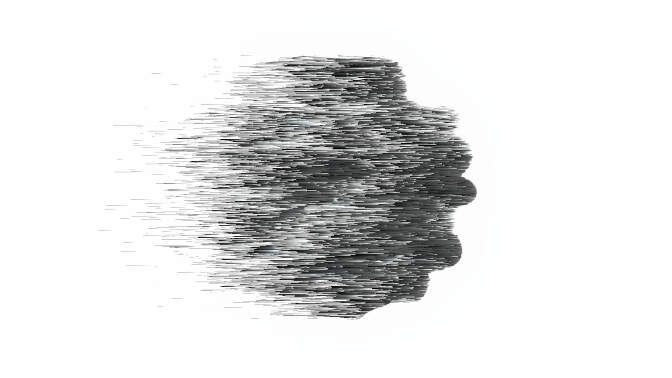
Clifford Attractors
Clifford attractors also known as fractal dream attractors are a type of fractal that can be algorithmically plotted. I use p5.js to plot Clifford attractors. They have a sort of retro computer science aesthetic. Its easy to imagine an ancient mainframe slowly plotting a Clifford attractor on a cathode ray screen. They Tend to have a recursive Kleinian form, with sweeping curves.
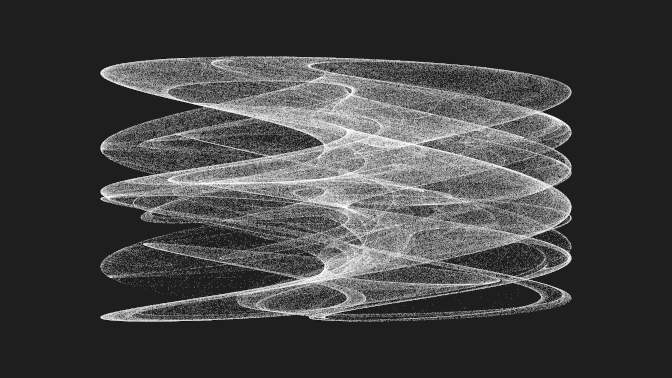
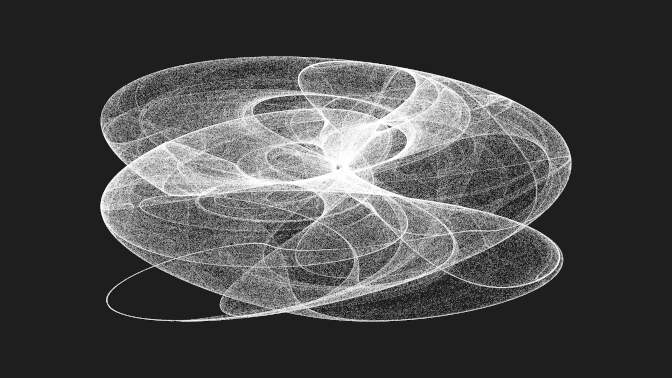
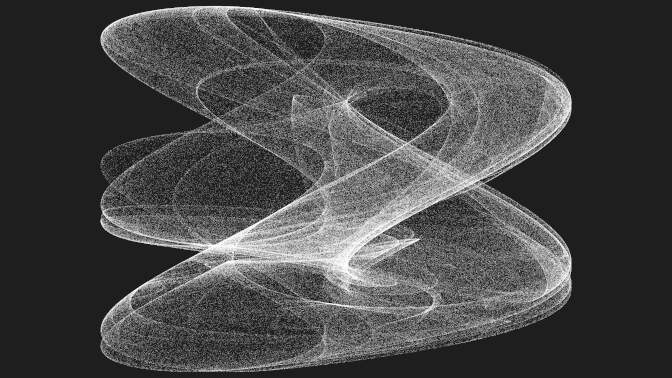
Noise & Flow
Another thing I use p5.js for is generating flow simulations. These simulations use Perlin noise to generate turbulence in the trajectory of the rays. They are quite satisfying to watch grow on the screen.
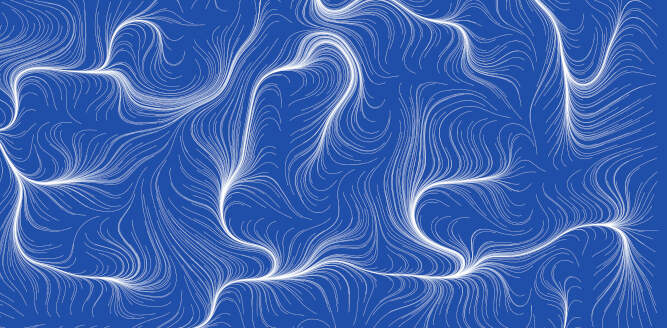
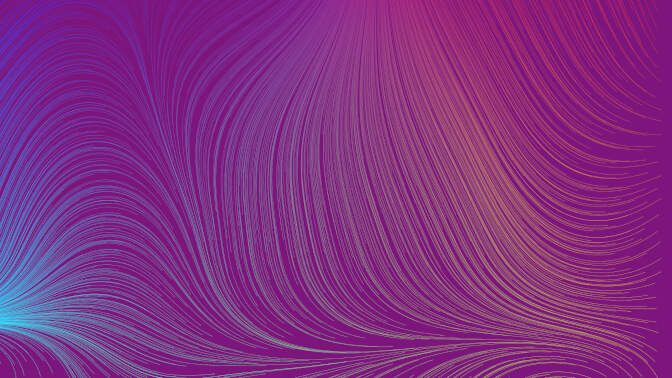
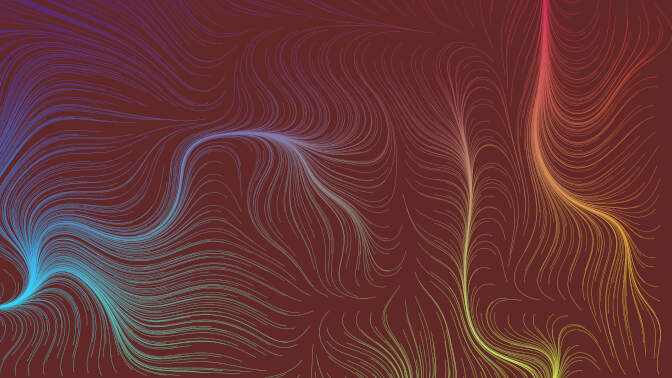

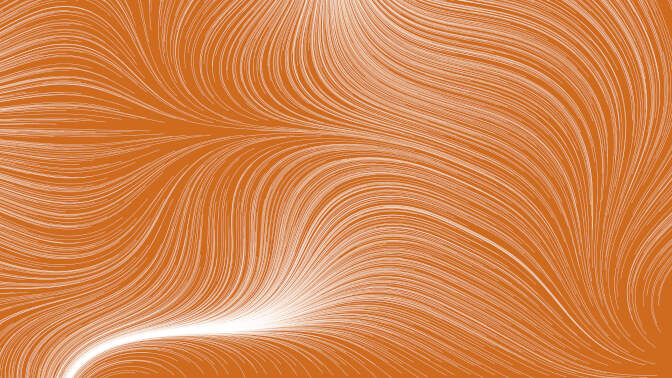
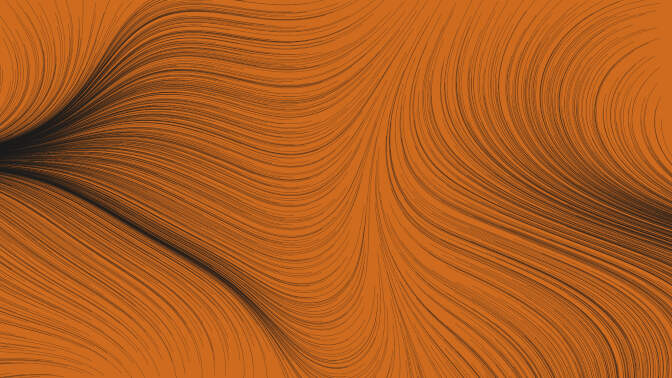
Color Gradients
I’ve been using gimp as a gradient synthesizer. Gimp is a great tool to generate noise and color. These studies are a part of a series exploring chromatic nihilism.
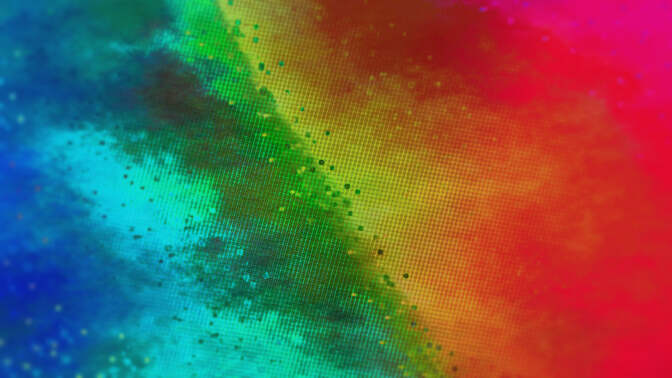
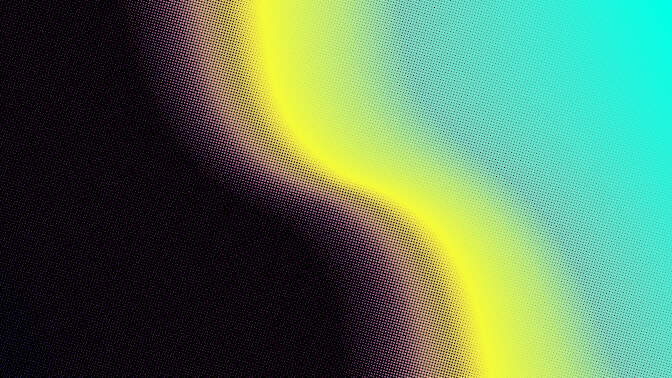
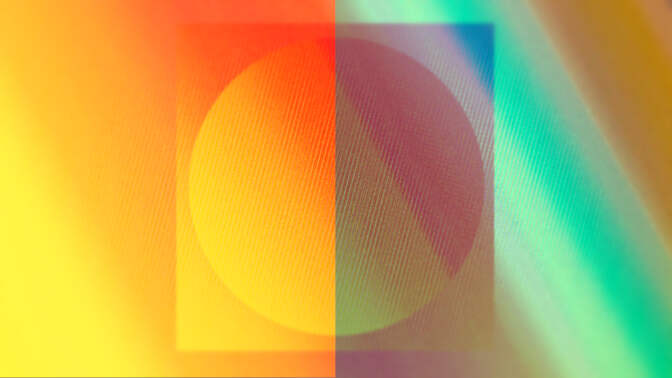
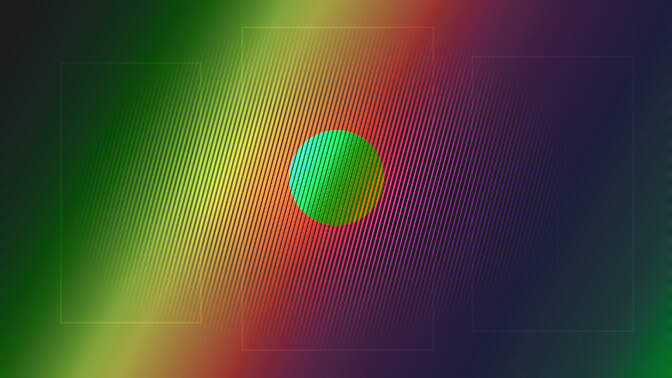
Wabi Sabi
A common theme I am working with in my processes is synthesis and degradation. I start with the computer, or camera generated representation. Then I use the computer to distort the representation. Ultimately what I am concerned with is human subjectivity, beauty, and the birth of the superior spectacle. Our artifice is staring back at us in golemantic indifference, and soon it will be hard to tell what reality has given to the spectacle and what the spectacle has contributed to reality.
As a creative I have decided to focus on deconstruction and imperfection as a way to imbue my human essence on my projects. What is known in Japan as wabi-sabi. I spent much time doing the Zen practice of enso in college because my drawing teacher was a monk in his earlier life. It’s a simple calligraphic meditation where you draw a circle in one stroke. You quickly come to understand that nothing a person does is perfect and we leave clues of ourselves in everything we do. Very soon what I do as a creative outlet will be considered antiquated, but I want to leave behind artifacts of my humanness before everything changes.
